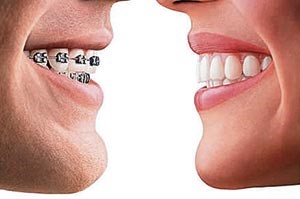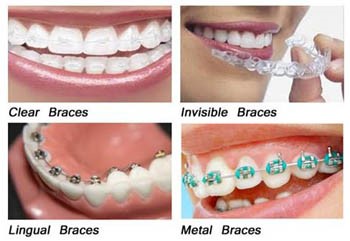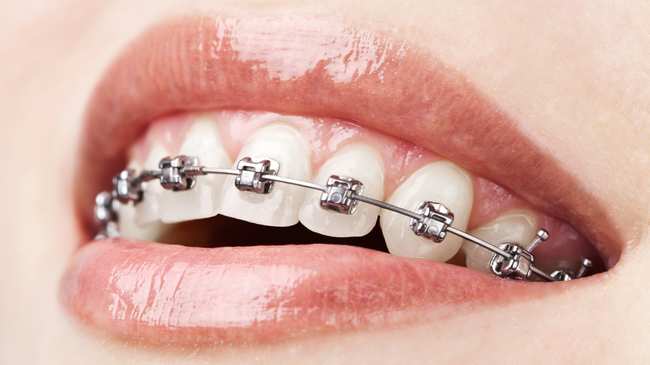The benefits of orthodontic treatment include a perfectly straight smile that is healthier, better looking and giving you more self-confidence and better quality of life.
Should you be living or working in Puyallup, WA, you can rely on the professional advice and the top quality orthodontic treatment from the team of Orthodontic Excellence that will offer you an individual treatment plan to achieve the perfect smile.
Famous Faces with Braces
A great number of the most famous faces on the planet have gone or are currently going through orthodontic treatment and are not ashamed of it – because they know it is worth!

What is orthodontics?
The word orthodontics comes from the Greek orthos, meaning “straight, perfect or proper”, and dontos, which means “teeth”.
Orthodontics specializes in treating patients with improper positioning of teeth when the mouth is closed (malocclusion), which results in an improper bite. In addition, orthodontics includes treating and controlling various aspects of facial growth and the shape and development of the jaw.
Do I need Orthodontic treatment?
Only your professional orthodontist can determine whether and how you can benefit from orthodontics, after a thorough examination.
Should you have any of the following, you might be a candidate for orthodontic treatment:
Underbite— where the lower teeth are too far forward or the upper teeth too far back
Open bite— space between the biting surfaces of the front and/or side teeth when the back teeth bite together
Crossbite— when the upper teeth do not come down slightly in front of the lower teeth when biting together normally
Overbite— where the upper front teeth stick out over the lower teeth
Different types of orthodontic braces
Different types of orthodontic braces
Crowding— when there are too many teeth for the dental ridge to accommodate



